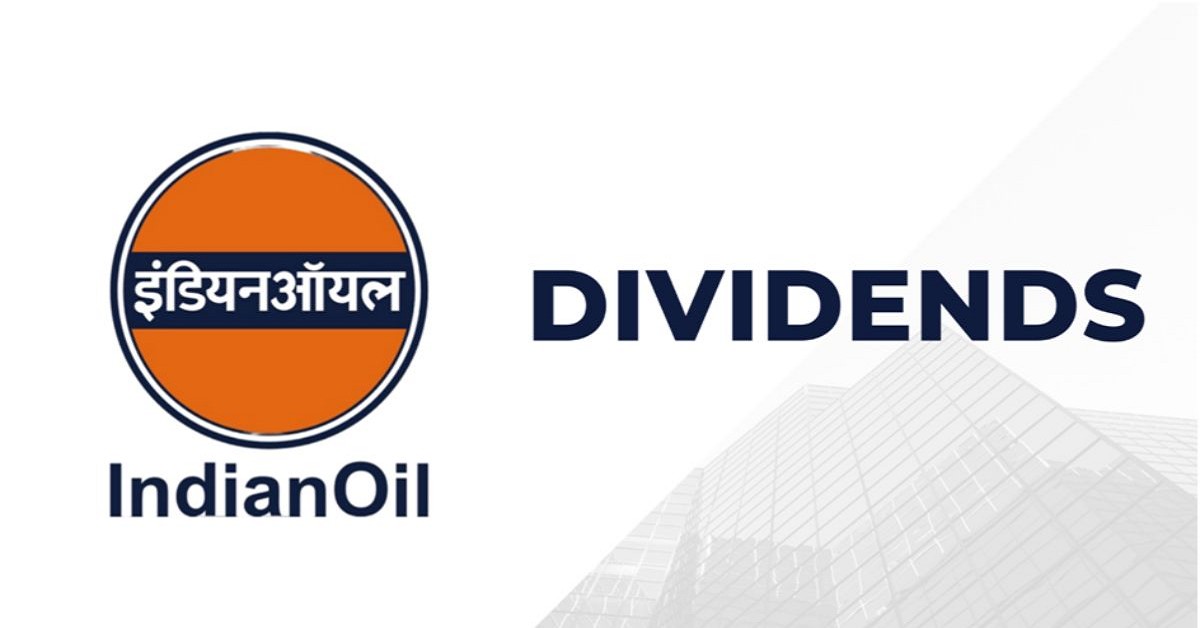Indian Oil Corporation Limited (IOC), stands out as a leading entity in the Indian oil and gas sector, known for its steady performance and policies that are favourable towards investors. A major attraction for investors is the IOC dividend policy. Dividends are a share of a company's profits allocated to its shareholders, acting as an important sign of the company's financial health and commitment to returning value to its investors. This article will explore how often IOC pays dividends annually and the elements that shape its dividend policy.

Dividend Payment Frequency
The Indian Oil Corporation generally distributes dividends two times a year. These payments are categorized as interim and final dividends. The interim dividend is typically announced and paid during the financial year, while the final dividend is declared after the financial year and paid postannual general meeting (AGM).
- Interim Dividend: The interim dividend is a payout decided upon by the company's board of directors, reflecting the company's financial performance throughout the year. Typically declared around the third quarter, often in January or February, this dividend allows the company to share a portion of its earnings with shareholders before the conclusion of the fiscal year.
- Final Dividend: The final dividend is proposed by the company's board of directors and is subject to approval by the shareholders during the Annual General Meeting (AGM). This dividend is declared after assessing the company's performance over the fiscal year, which concludes on 31st March. It is typically announced in May or June, following the end of the financial year. Once approved at the AGM, the final dividend is distributed to the shareholders within few weeks.
Factors Influencing IOC's Dividend Policy
Several factors influence the dividend policy of Indian Oil Corporation:
- Profitability: The company's ability to pay dividends is mainly influenced by its profitability. Increased profits typically result in higher dividend distributions. IOC has been able to sustain a steady dividend payout due to its strong financial performance in recent years.
- Cash Flow: IOC ensures it maintains sufficient cash flow to support both operational requirements and dividend distributions to shareholders by carefully managing its cash reserves.
- Investment Plans: The capital expenditure strategies of IOC, including investments in new projects or expansion endeavors, have the potential to influence the dividend distribution. The corporation carefully manages its growth efforts while also prioritizing the satisfaction of its shareholders.
- Debt Levels: The company's debt levels are also a factor in deciding dividend payments. A high level of debt could limit the funds available for distributing dividends. IOC strives to uphold a strong balance between debt and equity to secure financial stability.
- Government Regulations: IOC, as a public sector undertaking, is bound by government policies and regulations, which have the potential to impact its dividend policy. Given the government's substantial shareholding, it may exert influence over the distribution of dividends.
Recent Dividend Trends
In recent years, IOC has maintained a steady dividend payout trend. For instance, in the financial year 2022-2023, IOC declared an interim dividend of ₹6 per share and a final dividend of ₹5 per share, bringing the total dividend to ₹11 per share for the year. This consistency in dividend payments reflects the company's strong financial position and its commitment to sharing profits with its shareholders.
Conclusion
Indian Oil Corporation's dividend policy, with its biannual payments, offers a reliable income stream for its shareholders. By paying dividends twice a year, IOC ensures that its investors receive regular returns on their investments. The company's ability to balance profitability, cash flow, investment plans, and regulatory requirements plays a crucial role in maintaining this dividend consistency. For investors looking for steady income and long-term value, IOC's dividend policy makes it an attractive option in the oil and gas sector. For investors who prefer the convenience of modern technology, using a stock trading app to invest in IOC can be highly beneficial.







 CAclubindia
CAclubindia

